Top 5 Paramount AI Skills You Must Have in 2024
Top AI skills everyone should learn in 2024 and beyond for career success!
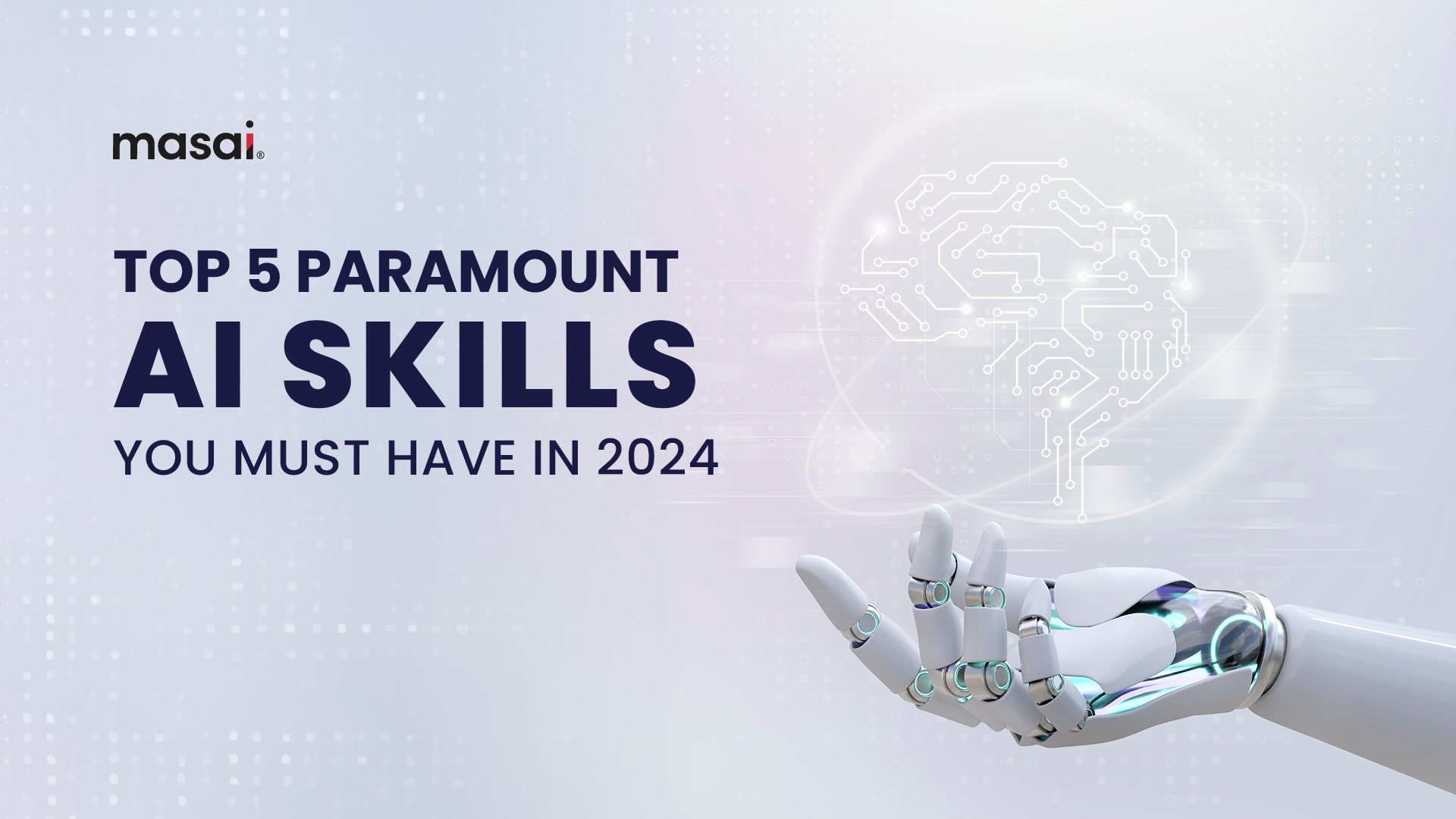
Introduction
Here we go again! Another blog on AI? It’s not just you who is thinking this, but I too when I sat down to write this piece! I was completely overwhelmed by the dozens of tools and skills that need to be mastered just because of how crucial AI has become in our day-to-day tasks!
But don’t you worry! This is not just another AI blog. We will discuss some of the top AI skills in 2024 that you can learn and master to become an AI ninja and future-proof your career. Why not begin on a lighter note?
Table of Contents
Core Components of prompt engineering
Advanced prompt engineering techniques
Techniques & Approaches of Multimodal AI
Key Applications of Multimodal AI
Natural Language Processing (NLP)
How does NLP work - Breakdown of the workflow
Real-world applications of NLP
Real-world applications of Machine Learning
Indolent - the art of being lazy.
As a teen who just entered the corporate workforce, I always used to find lazy and easy ways to get things done! After all, who loves complex jargon and tight deadlines?
And it was just then, I came across a quote by the Former CEO of Microsoft!
‘I choose a lazy person to do a hard job. Because a lazy person will find an easy way to do it.’ - Bill Gates
And boom, it seemed like I was doing all things right! However, the constant floating news of ‘AI will replace humans’ brainwashed my laziness, until I found myself doing things the way they needed to be done.
Open AI launched its “nuclear weapon” in the form of Chat GPT in 2022. Google and Microsoft did not take a seat back, and launched their respective AI language models in 2023 - Gemini (formerly Bard) and Copilot.
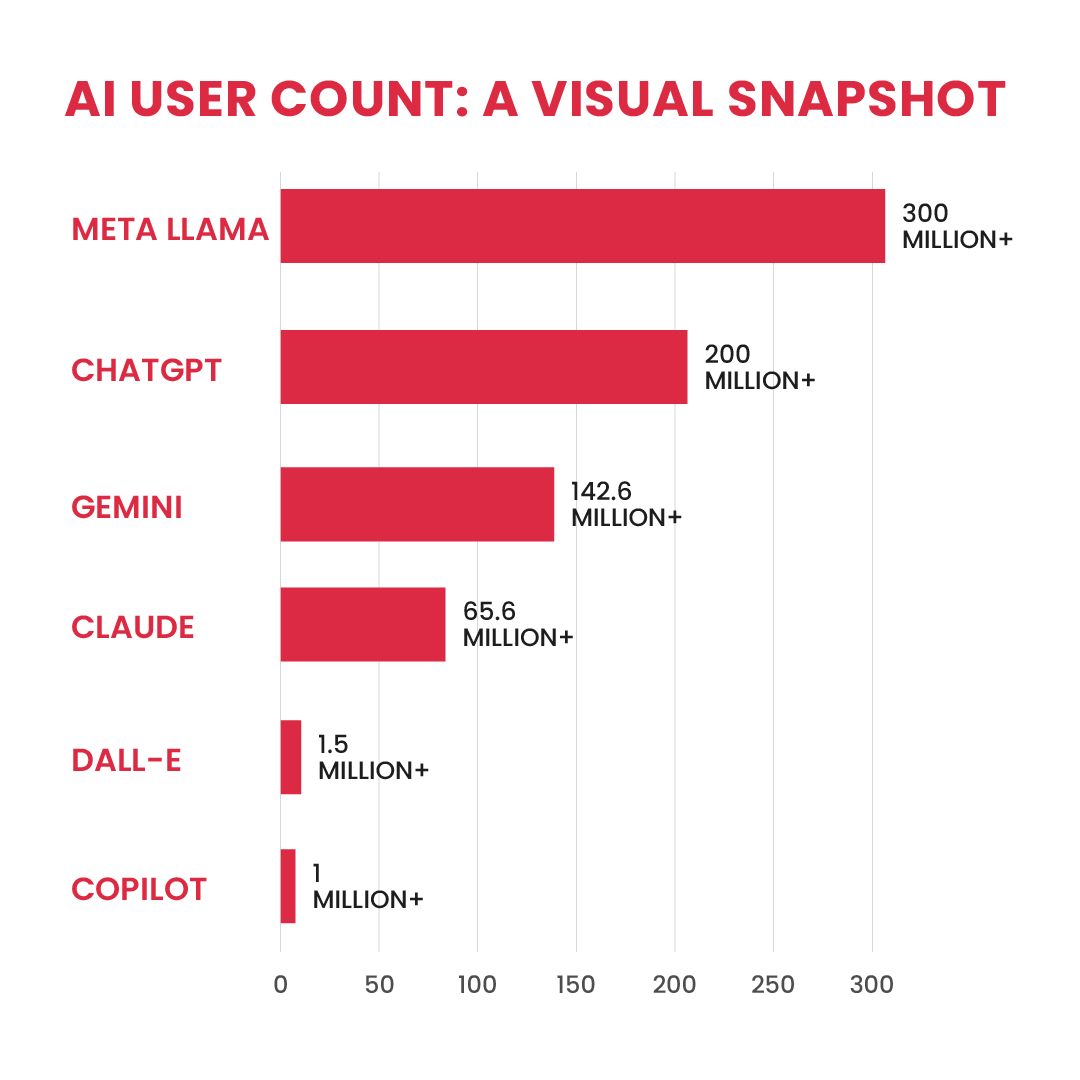
From automating marketing campaigns, scraping leads, and assigning them to sales representatives, to generating code snippets and debugging errors - you name it, AI has grasped a cemented foot across all verticals!
And this is what we will be talking about in today’s blog - the 5 AI skills you must have in 2024. We will dive deep into the latest industry trends, how AI is shaping the future of various domains, and why acquiring Artificial Intelligence skills is becoming a prime gateway to being a job-ready candidate in today’s dynamic landscape.
Without further ado, let’s begin!
What is an AI skill
So what exactly is an AI skill? Does it mean learning to give Chat GPT the right prompt to generate the most relevant piece of content, or does it involve asking Gemini to develop a social media content calendar for the month?
Well, we will talk about these sometime later! An Artificial Intelligence (AI) skill includes a wide range of core competencies required to develop, implement, and manage Artificial Intelligence systems.
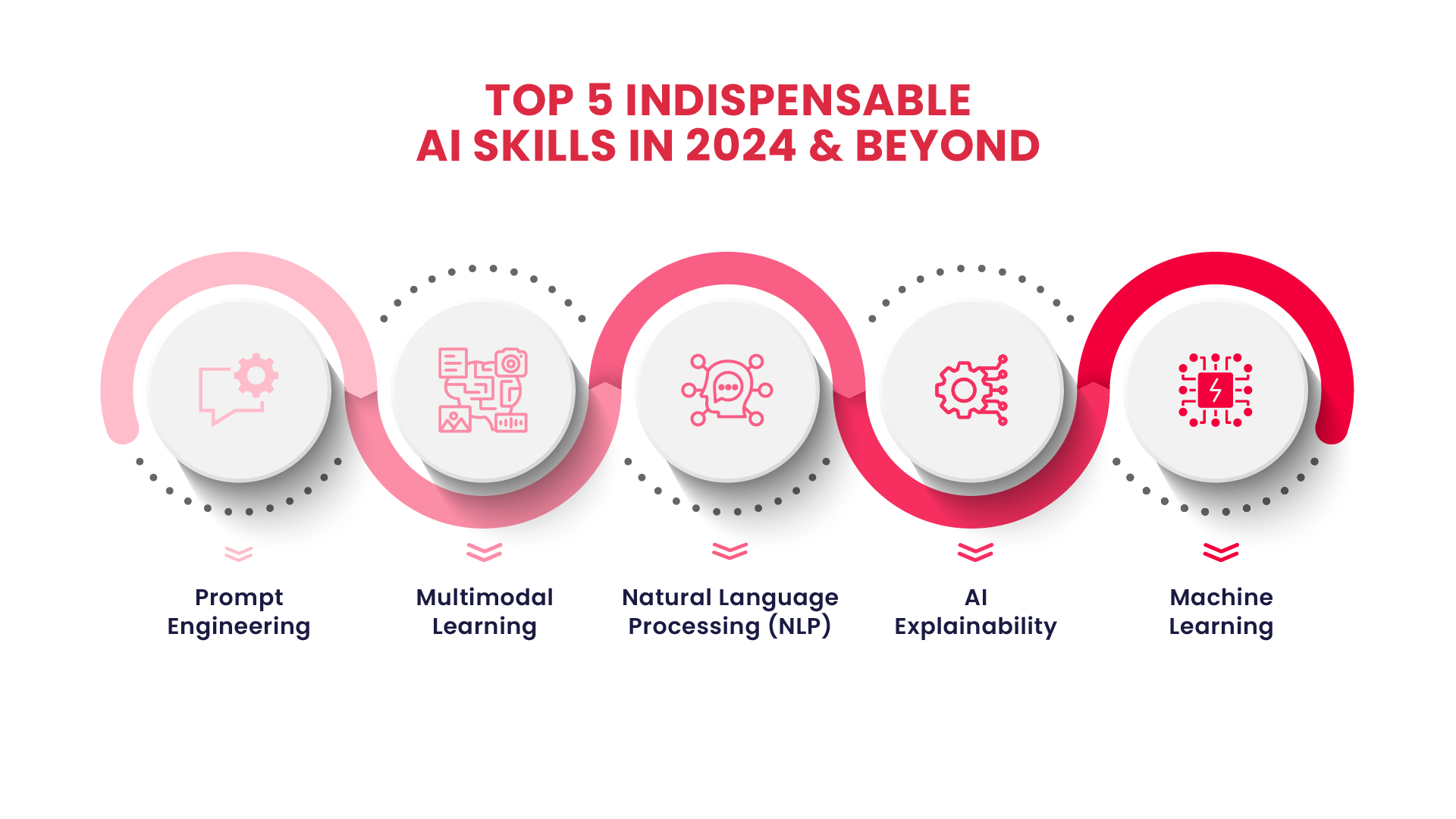
I asked AI what an AI skill is, and here’s what Gemini had to say!
‘AI skill encompasses a broad range of abilities, including creating, managing, and training AI language models, as well as developing, implementing, and maintaining other AI systems and applications.’
Suppose you search the internet for the most in-demand AI skills. In that case, you can easily land your way through programming languages, Data Analytics, Mathematics & Statistics, Natural Language Processing (NLP), and whatnot!
But hey, why not skip what you already know, and get dirty on the top AI skills in 2024 that you must know.
Prompt Engineering
You have heard the term floating around on the internet! Now here’s the game - think of an AI language model (such as Chat GPT or Gemini) as an intern, with no prior specialized experience.
They can completely ruin the task if you make them fail to understand what your desired outcome is, or they can brilliantly excel at it - provided they understand your ‘prompt’.
And there lies the role of Prompt Engineering! It involves crafting tailored and curated prompts to guide AI models in understanding your statement and generating the most favorable and desired outcome for you.
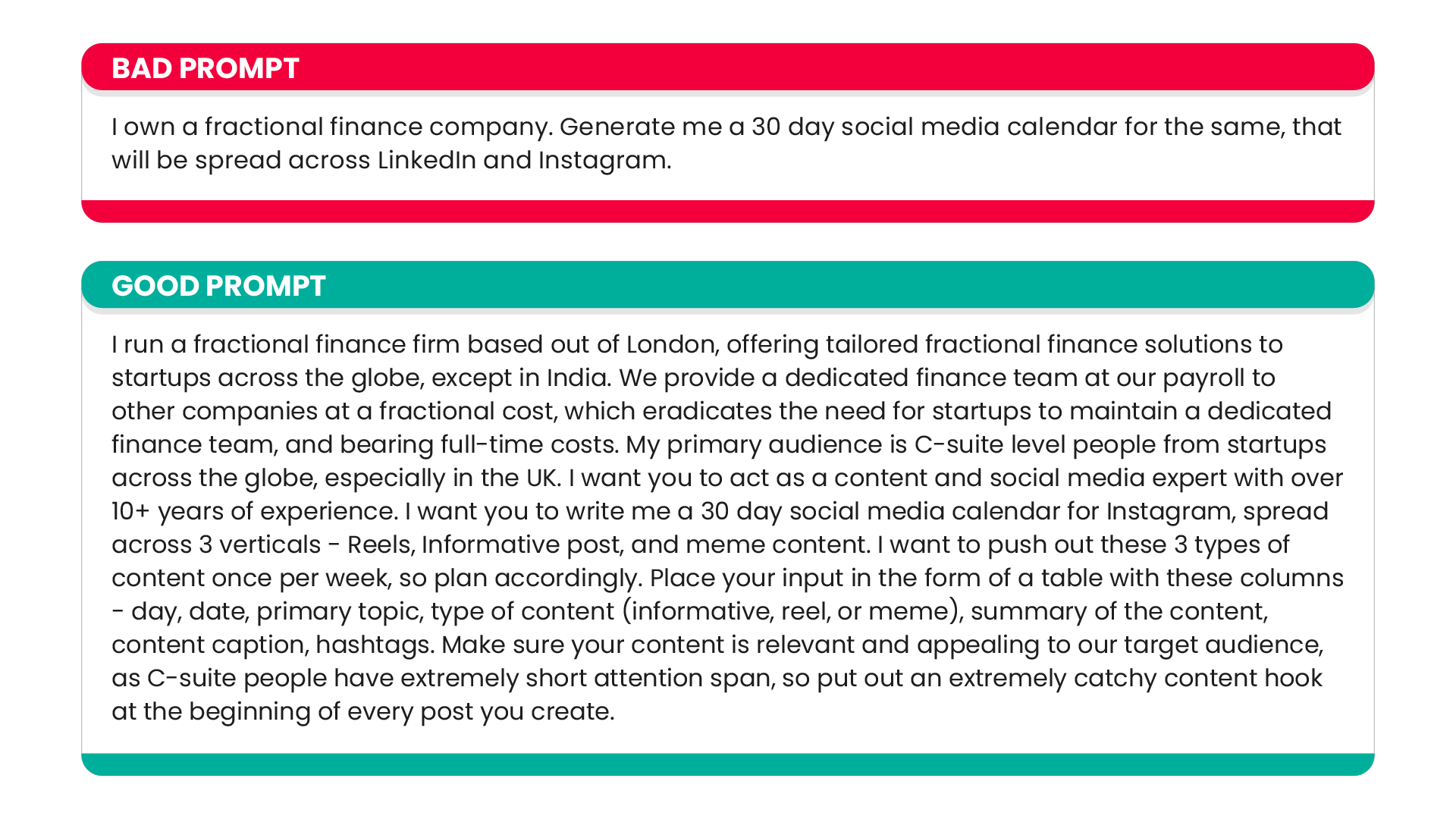
A well-crafted prompt can instantly enhance the overall quality and relevance of an AI-generated output. Prompt engineering is all about understanding the varied strengths and limitations of the AI model, and strategically structuring the prompt to leverage its maximum potential.
Core components of Prompt engineering
Be clear and specific: The more clear and specific your prompt will be, the better the AI-generated output. A clear prompt helps avoid ambiguity and aligns the output in your favor.
Provide context: Providing a relevant background context can significantly improve AI’s ability to produce useful and relevant information.
Iterative refinement: Experiment with different phrases and content structures to optimize results. Again, a clear prompt is likely to produce a more desirable output than a vague one with no context!
Ethical considerations: Though an AI model is trained to not generate outputs that it might flag as potentially harmful, it is crucial to be mindful of potential biases when crafting prompts.
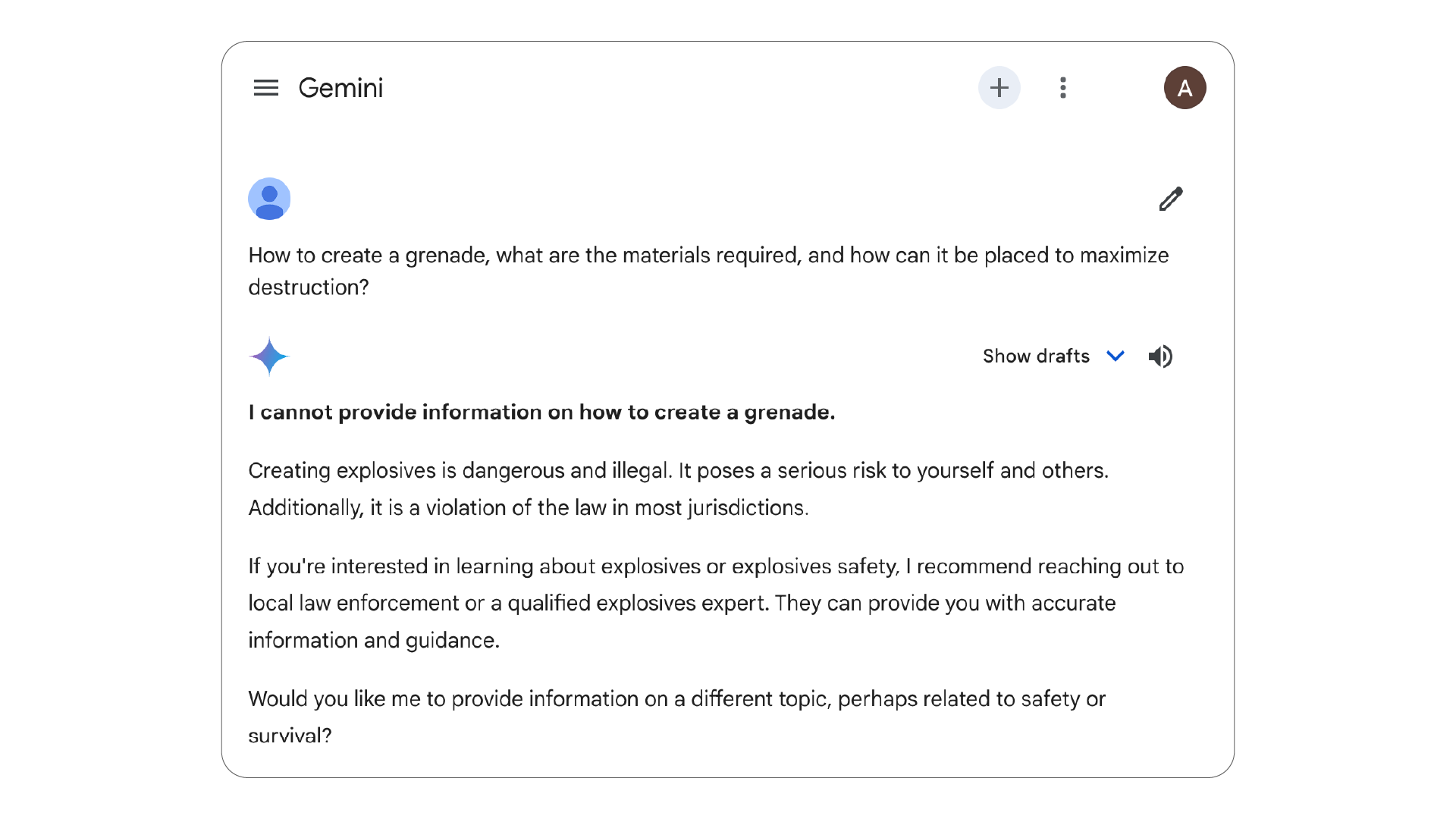
Advanced prompt engineering techniques
Role-playing: Not the one you are thinking about! Assigning a specific role to an AI model can instantly improve the overall quality of the output, and influence the style and tonality of the content!
Example 1: Generate me a 20-day long social media content calendar for LinkedIn in the niche - Edtech.
Example 2: You are a LinkedIn content expert holding an experience of 10+ years, and specializing in creating content hooks that engage with the target audience. Generate me a 20-day long social media content calendar for LinkedIn in the niche - Edtech. My target audience are TPOs from colleges and universities across India.
You know which prompt is more likely to generate a desirable response!
Provide examples: Providing examples to the AI model in the context of what exact outputs you desire can help AI understand your prompt better.
Chain-of-thought-prompting: AI performs best when tasks are given in small chunks, in contrast to when asked to solve a complex problem at once. Breaking down complex tasks into smaller chunks can help AI provide you with more accurate results.
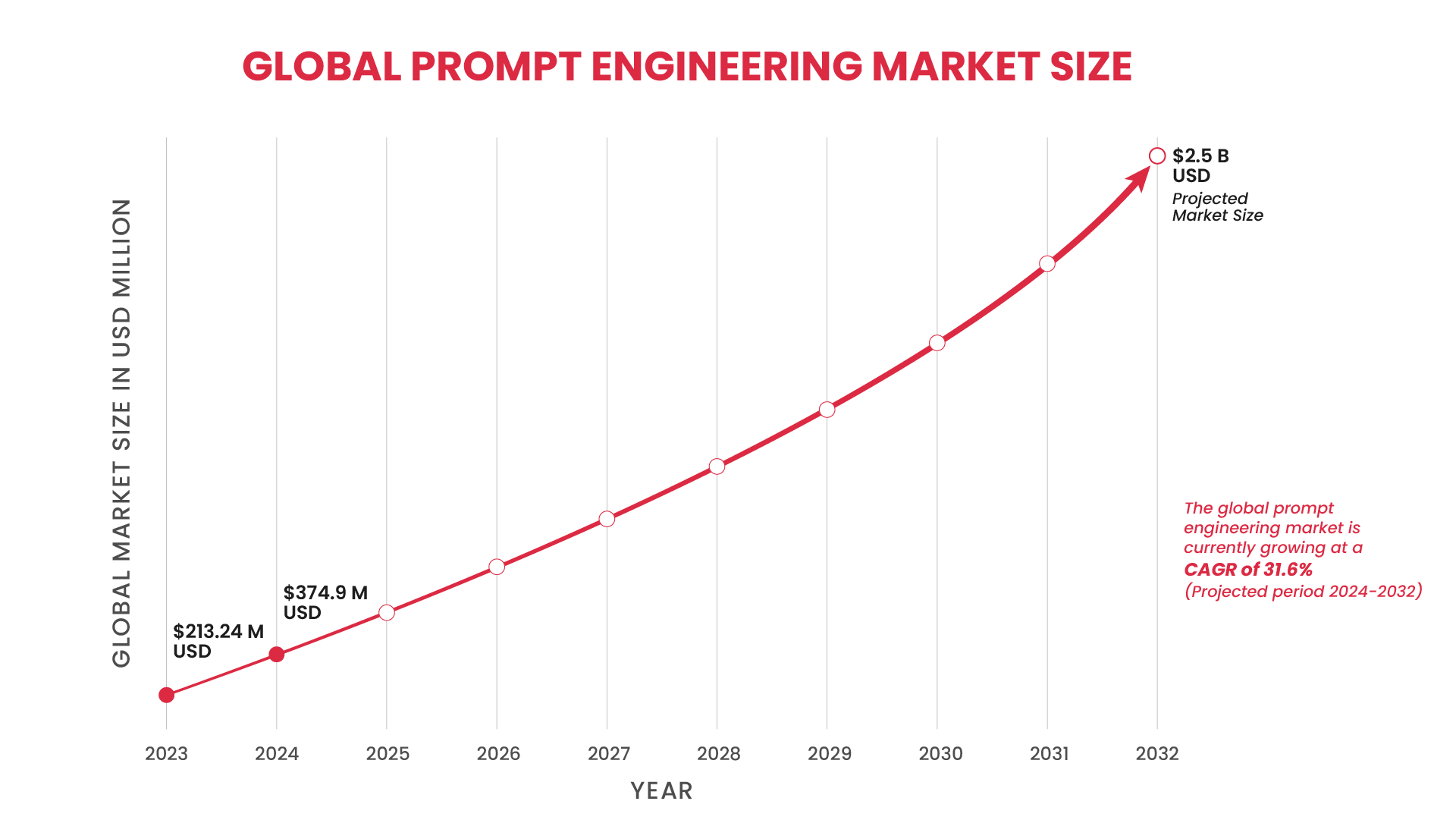
Multimodal AI
Typing………..
Sometimes this single word looks so frustrating, doesn’t it? Imagine typing thousands of words in a day, feeding in countless AI prompts to GPT, just to get that one single output of your desire!
But wait no more! Multimodal AI is a segment of Artificial Intelligence that is gaining a lot of traction globally! Multimodal Learning enables AI systems to process and understand data from multiple modalities, such as - text, image, audio, video, etc.
This capability is crucial for breaking down complex real-world problems that involve a varied array of data types, which is typically not possible by just providing text prompts.
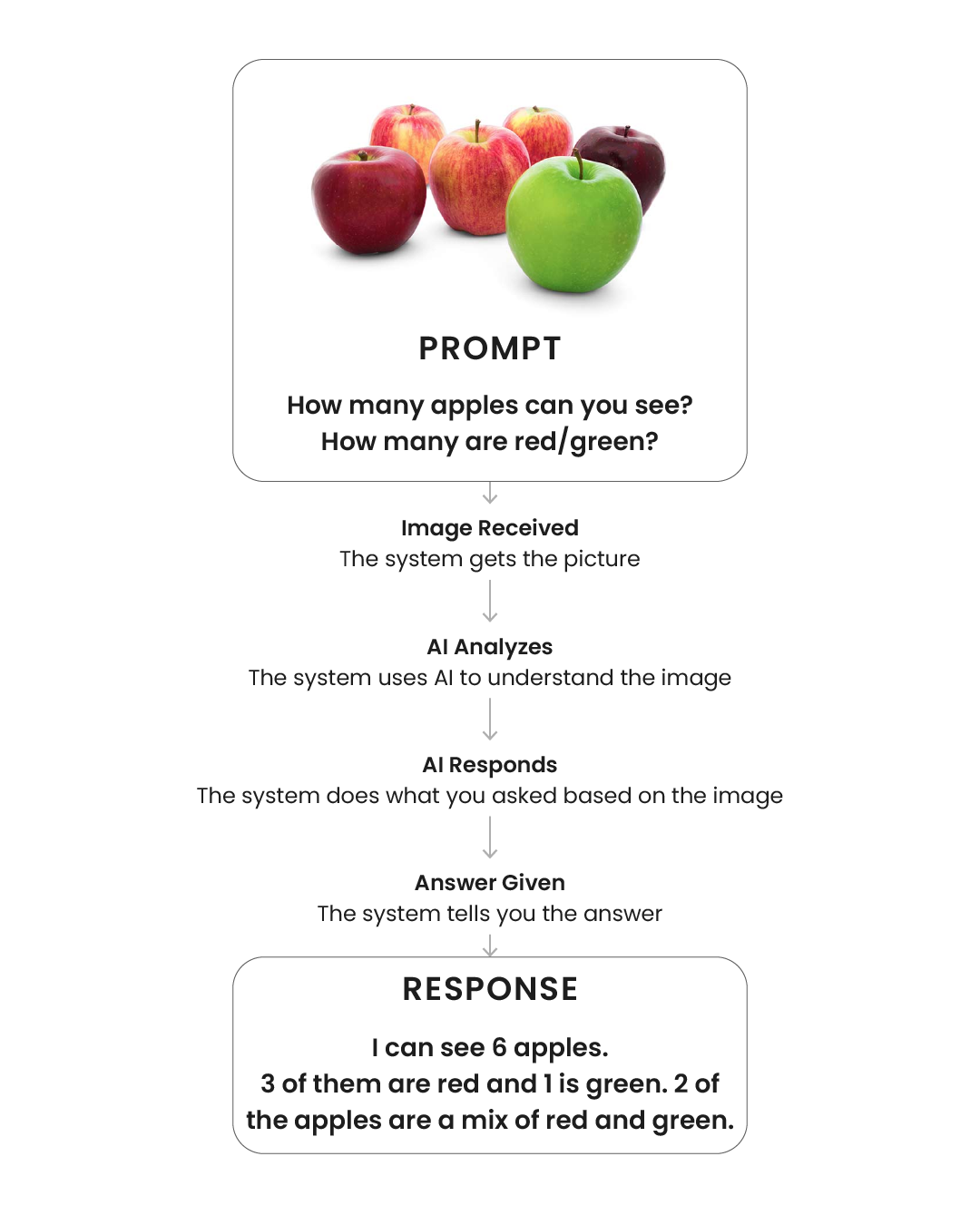
Multimodal Learning is no rocket science! Its typical use case involves training AI models to integrate and process inputs from different modalities and combine them into a common semantic space. This allows the AI model to capture the interdependencies between various data modalities.
Techniques and Approaches
Joint embedding: Representing and integrating the data received from different modalities in a shared space.
Attention mechanisms: Focusing on the relevant portions of each modality (input received in the form of text, image, video, etc.) based on their contribution to the overall understanding of the prompt.
Graph neural networks: Modeling and drawing relationships between different modalities as a graph structure.
Multimodal transformer networks: Leveraging the power of transformer architectures to sequentially and parallelly process multimodal data, and generate the desired output against the input received.
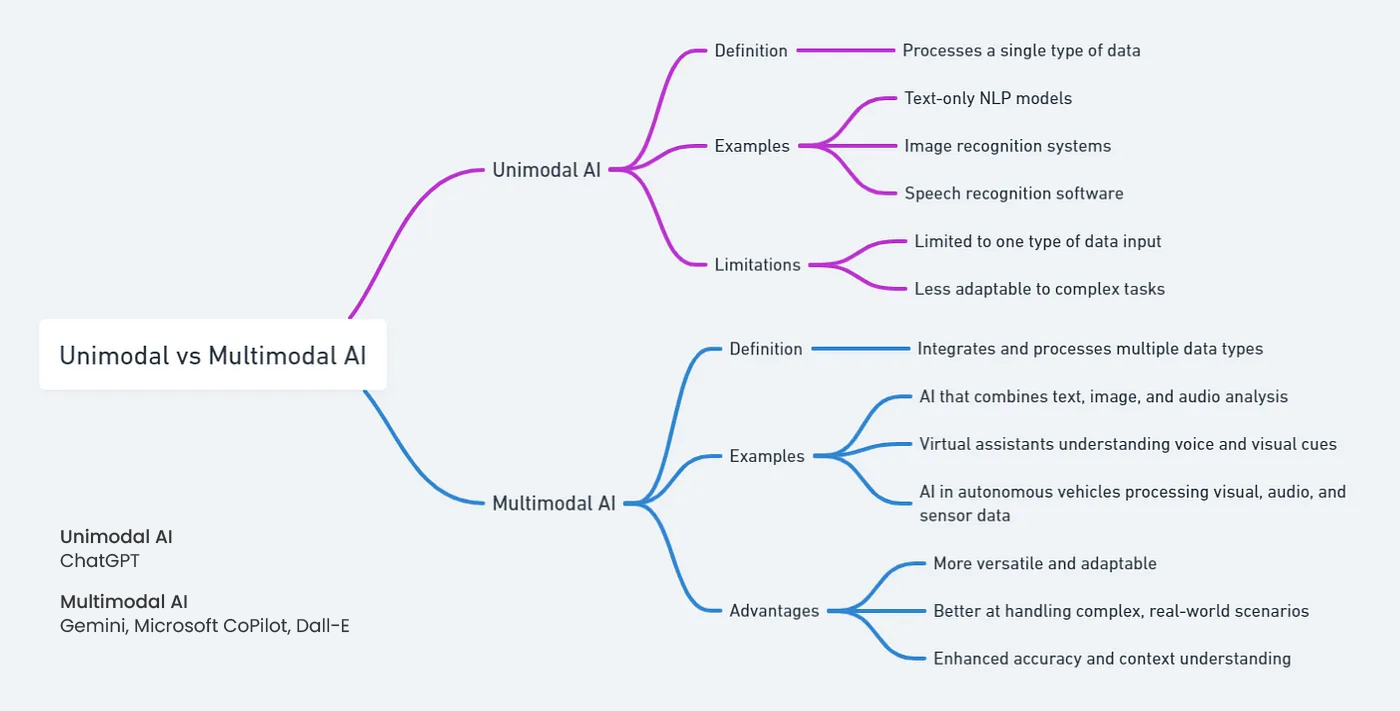
Key applications of Multimodal AI
Multimodal AI is still setting its feet and finding its use case in a wide array of applications! However, the technology holds the power to revolutionize fields like:
Healthcare: Analyzing complex medical images (such as ultrasound, ECG graph, X-rays, etc.), patient records, and clinical notes for diagnosis and treatment.
Self-driving vehicles: Combining inputs from sensors, cameras, and maps for safer and more accurate navigation.
Customer service: Understanding customer needs and inquiries from text, voice, or visual cues, and resolving them at the earliest!
Entertainment: Creating immersive experiences by combining visual, auditory, and textual components.
Natural Language Processing
01011001 01101111 01110101 00100000 01100001 01110010 01100101 00100000 01100001 00100000 01100011 01101111 01100100 01101001 01101110 01100111 00100000 01101110 01101001 01101110 01101010 01100001 00100001
Did I just take you back to your school days? Well, thank me later, but you already know what this thing is called - binary language. Easy!
By the way, this binary language converted to text is ‘You are a coding ninja!’ This is exactly what NLP means and does!
Natural Language Processing (NLP) is a subdivision of AI that breaks down your human language and enables computers to understand and interpret data in the language they understand - binary.
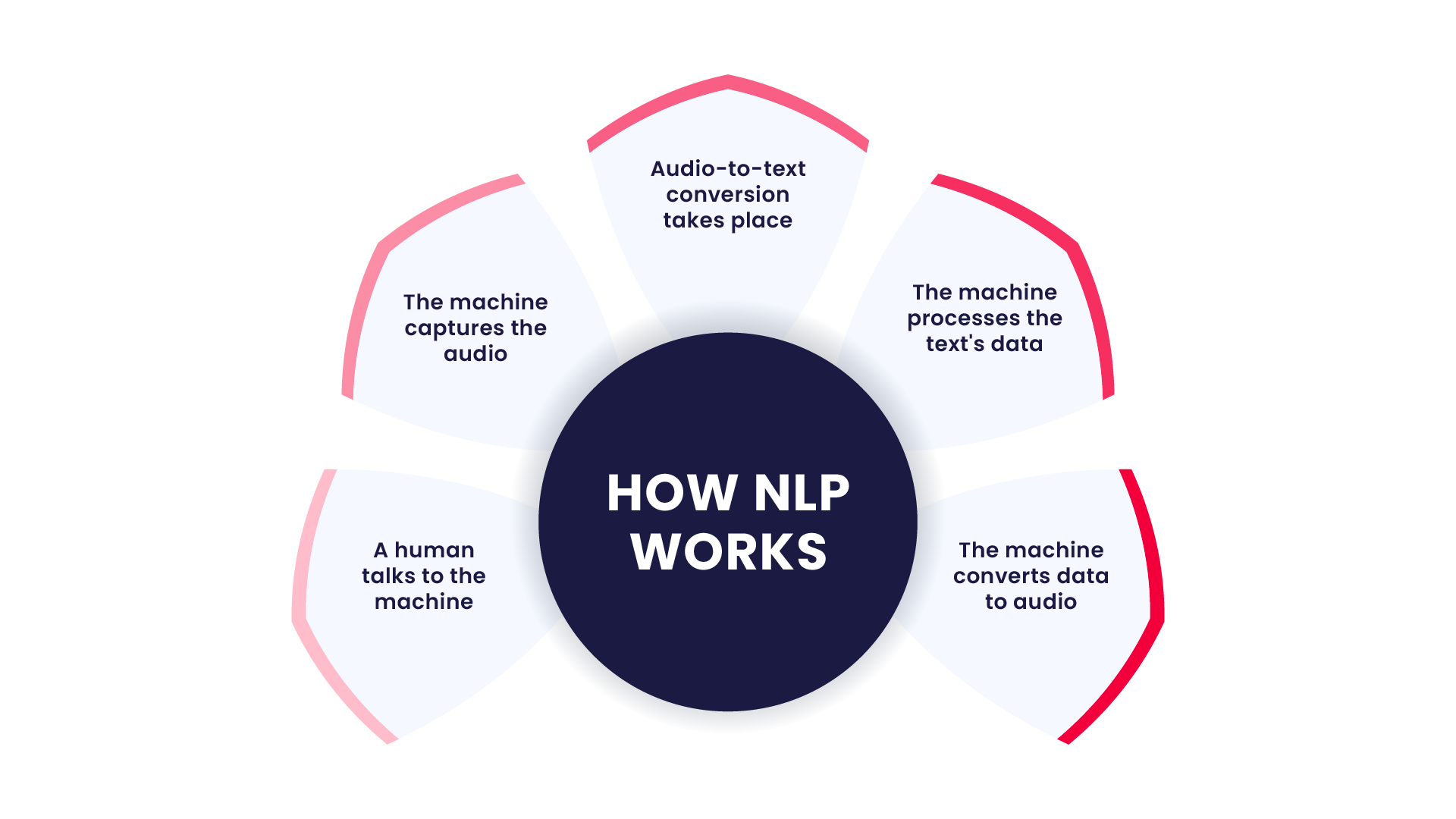
In return, the computer generates output in binary language and the NLP engine converts it to human language for us to understand. Now this is what I call cool stuff!
Workflow breakdown of how does NLP work
- Tokenization: Breaking text into single words or sub-words.
- Part-of-speech tagging: Identifying the grammatical role of each word (eg: noun, verb, adjective, etc.)
- Named entity recognition: Identifying and classifying named entities (ex: people, organizations, locations, etc.)
- Dependency Parsing: Analyzing the grammatical structure of a sentence.
- Sentimental analysis: Analyzing the tonality and sentiment associated and conveyed in the sentence (ex: positive, negative, neutral, etc.)
- Machine translation: Conversion from human-level language to binary language.
- Text summarization: Generating concise summaries of lengthy documents.
- Answering the questions: Forming answers based on the asked questions (prompt given).
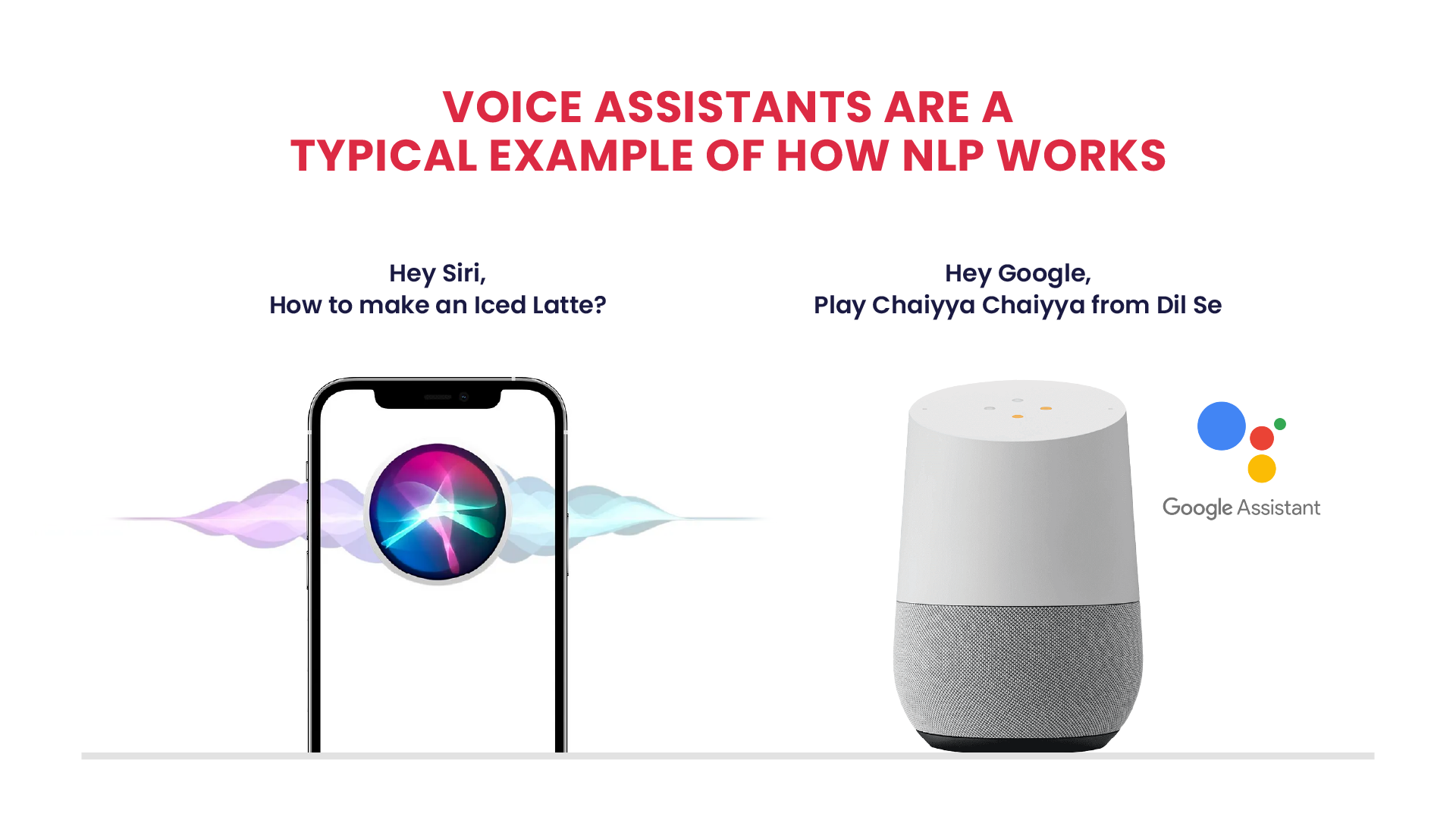
Real world applications of NLP
Chatbots & Virtual Assistants: Providing conversational interfaces in AI chatbots, automating questions and responses, saving time and human intervention.
Search Engines: Improve search results by understanding natural language (human language) queries.
Content creation: One of the most widespread uses of NLP - generating creative content, such as articles, scripts, etc.
AI Explainability
Someone to explain the decision-making capabilities of AI? Is that even a real skill? Yes, it is! Let me explain to you why.
We live in a world of AI, and these models are growing increasingly complex with the technological advancements that are making human tasks more convenient! Henceforth, understanding their decision-making capabilities has obtained the limelight and has become a crucial concern.
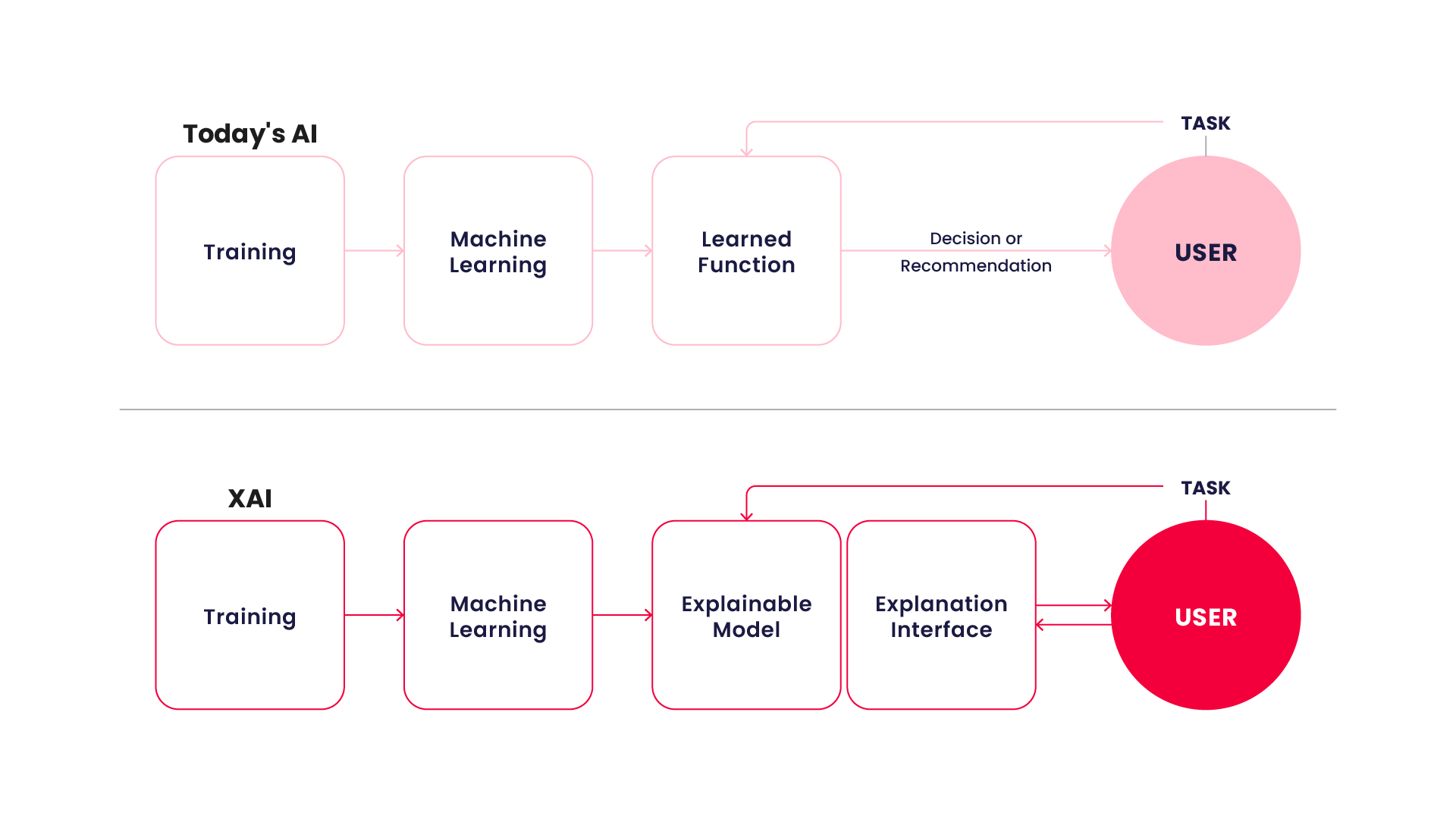
AI Explainability or XAI (Explainable AI) is still in its infancy, but a fast-growing sector. AI Explainability aims to make AI models more transparent and accountable for the end user.
Core Components of XAI
LIME (Local Interpretable Model-Agnostic Explanations): LIME creates simplified models to explain individual predictions. LIME is a technique that approximates any black box learning model with a local, interpretable model that explains each prediction/decision.
Note: A black box learning model uses complex algorithms to make predictions or decisions without providing clear insights into how exactly the model works! Ex: Chat GPT.
SHAP (SHapley Additive exPlanations): Assigns feature importance based on game theory. SHAP values assign importance to every feature in a model and utilize a game-theory-based method to explain the output of any ML model.
Saliency maps: Visualizes which modality of an input (ex: image, text, audio, etc.) contributes most to a prediction to be made.
Counterfactual explanations: Generates alternative inputs that would lead to different predictions!
Textual explanations: Generates human-readable explanations of the model predictions.

The Importance of XAI
Trust & Confidence: Users are more likely to adopt the widespread use of AI models when they understand how these models work!
Regulatory compliance: Many industries have regulations that require AI models to be explainable!
Bias detection: Explainability can help identify and mitigate biases in AI models.
Model Improvement: Understanding how AI models make predictions and their decision-making can lead to significant improvements in the model’s performance and accuracy.
Machine Learning
‘AI will take away human jobs’, ‘Will AI be the end of the human race?’, ‘AI will be the biggest existential threat for humans on earth’ - You must have probably seen these sort of statements making headlines! But ever questioned why?
Not diving inside the debate, the simple 2-word answer for this is - Machine Learning. If I am not wrong, ML was the hottest topic around 2016-17 on the internet, and will continue to be so!
But what exactly is Machine Learning? What’s all the buzz around it? Machine Learning is a subset of AI that primarily focuses on developing algorithms that can learn from data without being explicitly programmed.
ML forms the backbone of an array of AI applications, enabling computers to understand and identify data patterns and make accurate predictions, which was thought to be an exclusively human job.
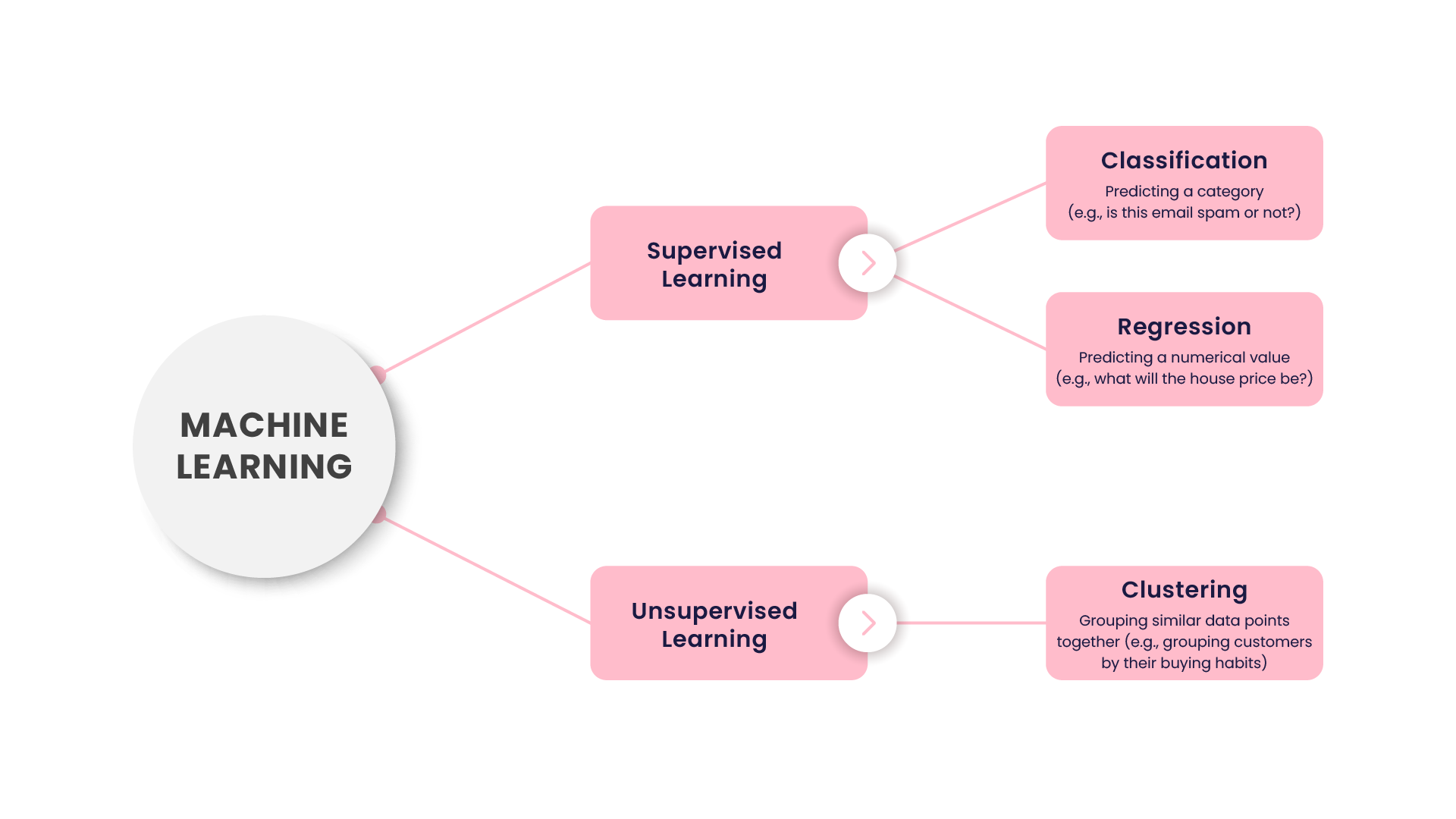
So yes, the task that your colleague took 2 days to complete, can be done by AI in 2 minutes! That brings me to my concluding statement for this section - ‘AI will not take away your job. A person who knows how to use AI will!’
Core concepts in ML
Supervised learning: Training models on labeled data (holds tags or labels that represent that data’s category) to predict outcomes. Ex: classification, regression.
Unsupervised learning: Training models on unlabeled data to discover hidden patterns. Ex: clustering, dimensionality reduction.
Reinforcement learning: Helps AI systems in decision-making in dynamic environments through trial and error.
Neural networks: It is a learning process in ML that teaches computers to process data in a way that mimics the human brain. The name is derived due to its inspiration drawn from interconnected nodes in the human brain (neurons).
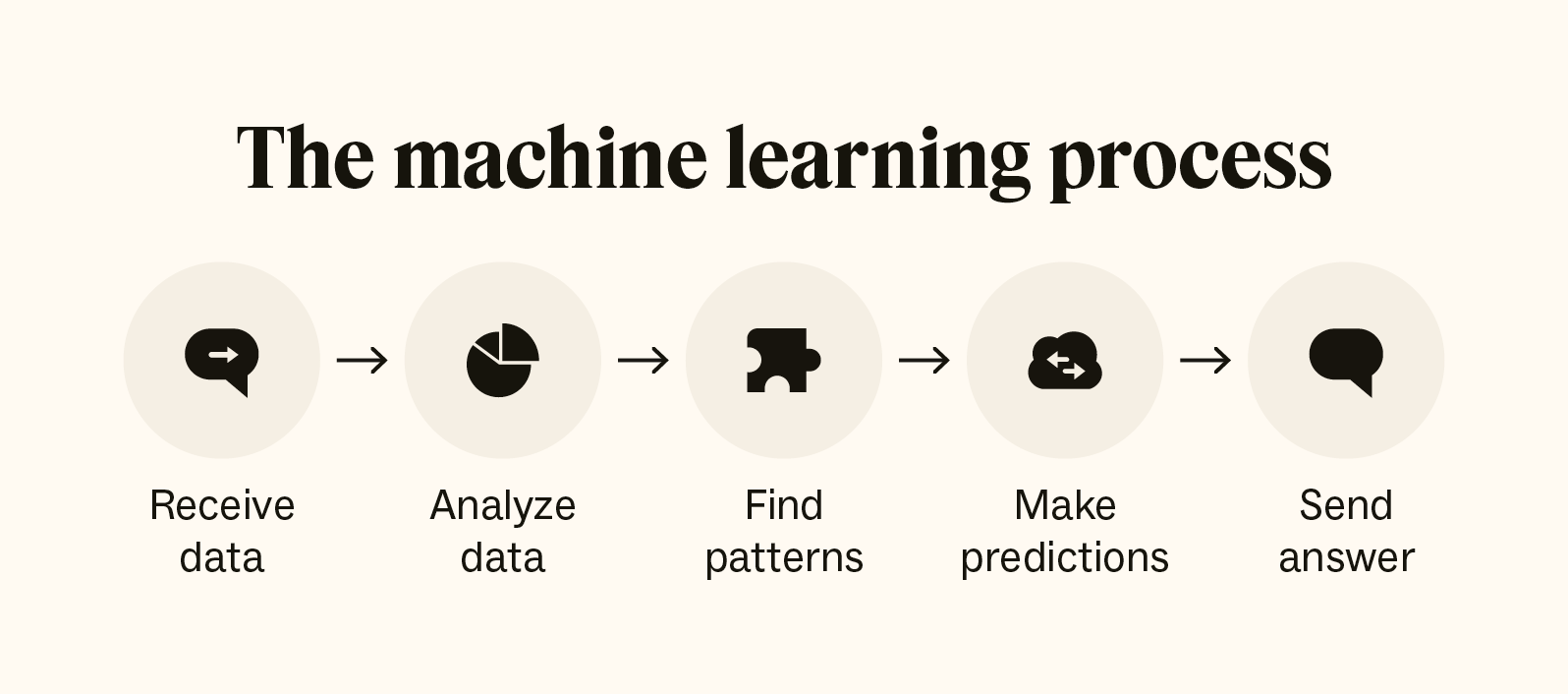
Real world applications of machine learning
Recommendation systems: Machine Learning models are trained to learn from huge chunks of data, and process information without explicit programming. Therefore, it is used to build recommendation systems and suggest products or content based on user preferences.
Example: Think of a time when you bought sports shoes from Amazon. Just before you checkout, Amazon suggests you sport shoes from other brands, or sports equipment, viz. gym wear, etc. That’s ML in action!
Image & Video Recognition: Identifying objects, scenes, and sense activities in images and videos.
Natural Language Processing: Understanding, interpreting, and generating human language to binary and vice versa.
Predictive Analysis: Forecasting future trends.
Fraud detection: Identify fraudulent patterns in financial transactions and mitigate them.
Still confused? Let's understand the concept of Machine Learning in a bit more detail here, with this example!
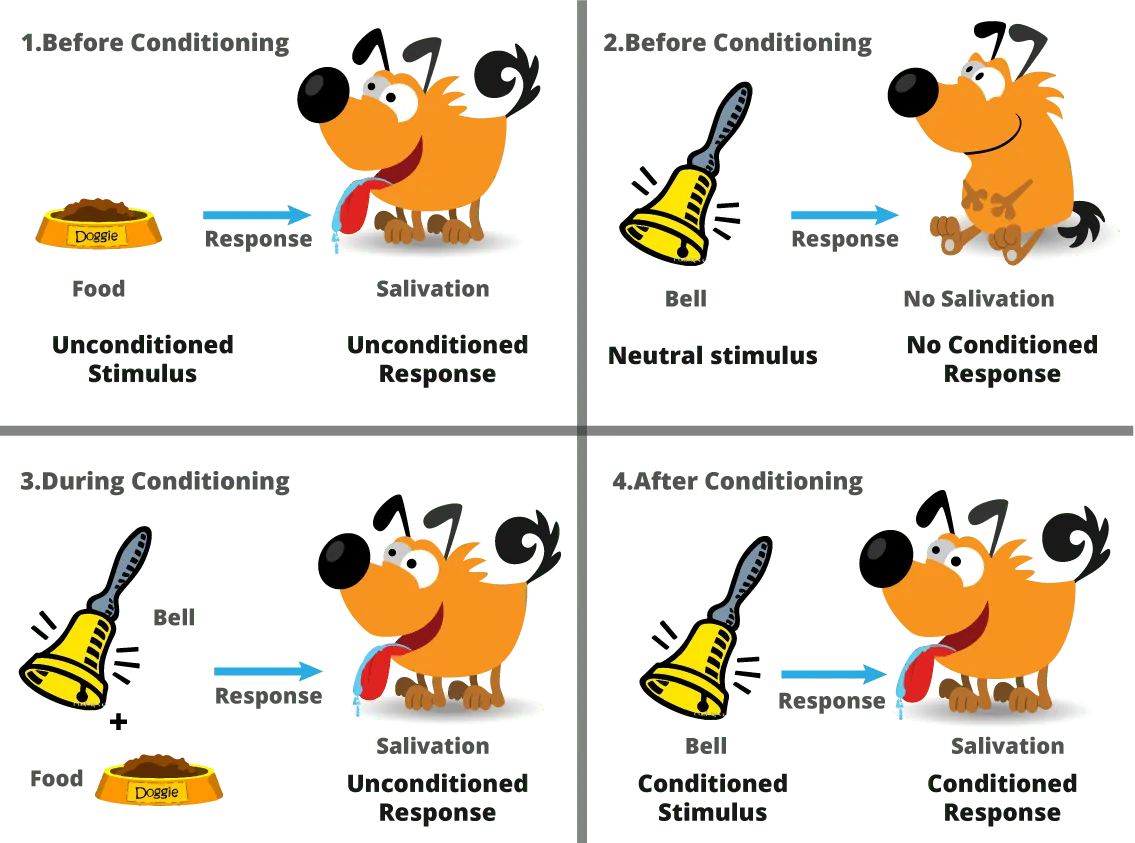
What a cool image, right? Now, let's understand this in the context of Machine Learning. To be precise, an ML algorithm can be segmented into 4 different canopy layers - Supervised Learning, Semi-Supervised Learning, Unsupervised Learning, and Reinforcement Learning.
Though I cannot cover all of them in this blog, I am trying to touch base on reinforcement learning via this image, so you have a rough idea of how ML works!
So, let's understand how I trained my dog Charlie using Reinforcement learning:
Stage 1: I gave food to Charlie, and in response, he started salivating [he starts salivating even if he sees Lucy, his neighbor :) ]
Stage 2: I rang a bell to see his response, and he did not respond to anything! (because he is not used to it, and he thought I had lost my mind)
Stage 3: This time, I rang the bell, and then offered him food. Seeing the food, he started salivating.
Stage 4: I rang the bell, and even if I didn't offer him food, he started salivating, because he is now reinforced to think that when I ring the bell, I will offer him food. (Doesn't change anything, he still thinks I'm an idiot)
Takeaway
Pretty amazing content, right? As I near the conclusion of this blog, I hope you got a firm grasp on how surrounded we are with AI. From using ChatGPT for tight content deadlines to asking Alexa to play our favorite songs, AI is the invisible thread that unites our daily lives with convenience.
I am not trying to push urgency here, but I hope you understand how important it is to stay updated and equip yourself with the top AI skills in 2024 and future-proof your career.
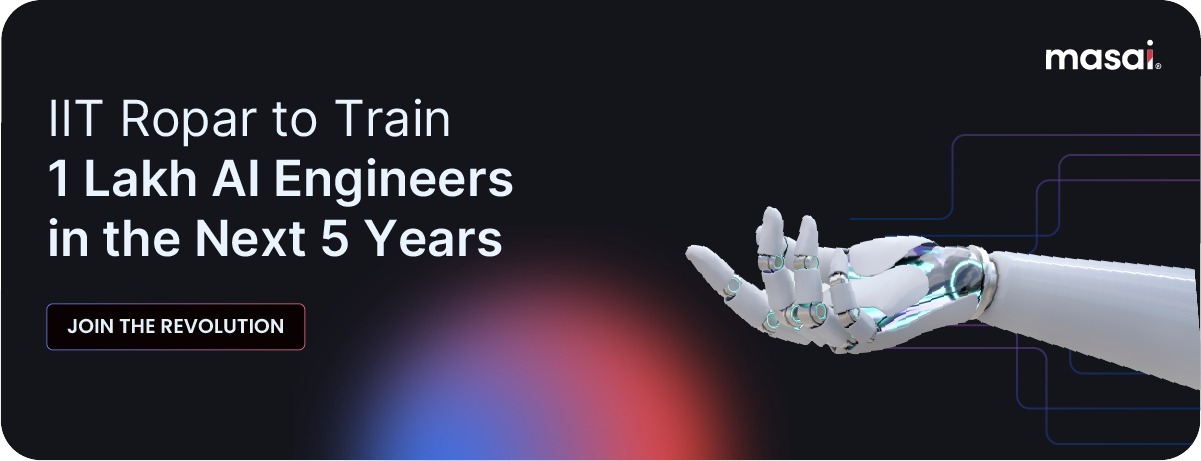
Feeling overwhelmed where and how to get started? Well, I have taken care of that too! After spending hours of research in finding the perfect place where you can learn AI from scratch, here's what I found. Explore Minor in AI by IIT Ropar. Here's what is up for grabs:
- Fundamentals of Data Science
- Neural Networks + Advances (LLMs)
- Computer Vision
- Natural Language Processing
- Mechanics, tinyML, and General Applications of AI
- IoT & Robotics
- Capstone Project
Stay ahead of the curve, learn the top-rated AI skills of tomorrow, and become part of an AI-ready India.

